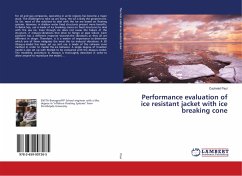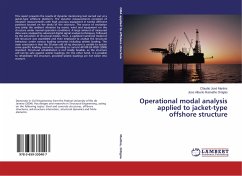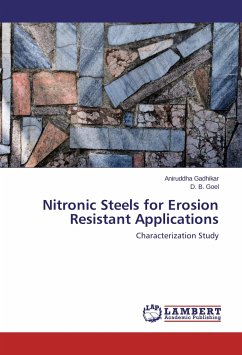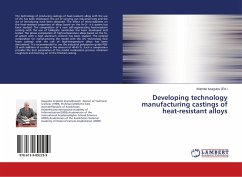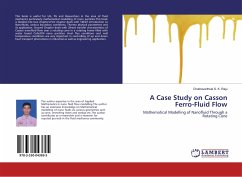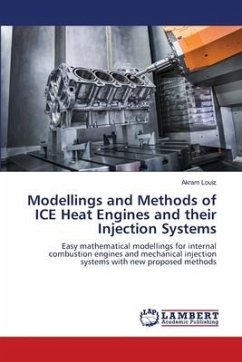For oil and gas companies, operating in arctic regions has become a major stack. The challenges to take up are many, the ice is likely the greatest one. So far, most of the solutions to deal with the ice are based on floating systems. However, in shallow water fixed structures present more benefits. In Bohai Sea, use is made of ice breaking cones on fixed structures to deal with the sea ice. Even though ice does not cause the failure of the structure, it induces vibrations that drive to flange or pipe failure. Each platform has a different response towards the vibrations as they all are different in shape. Therefore, it is a matter of importance to determine which one of them mitigates the most the ice induced vibrations. A 3D Abaqus model has been set up and use is made of the cohesive zone method in order to model the ice behavior. A single degree of freedom model is also set up with Matlab to be compared with the Abaqus model. The modeling procedure in Abaqus is thoroughly described in order to allow anyone to reproduce the model....
Bitte wählen Sie Ihr Anliegen aus.
Rechnungen
Retourenschein anfordern
Bestellstatus
Storno

